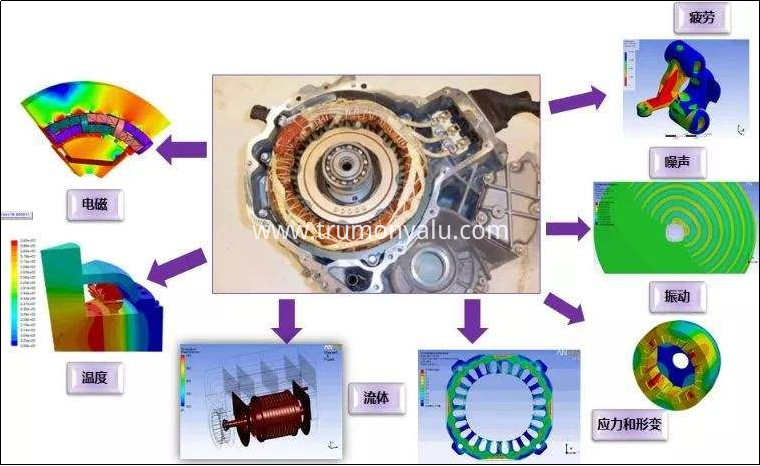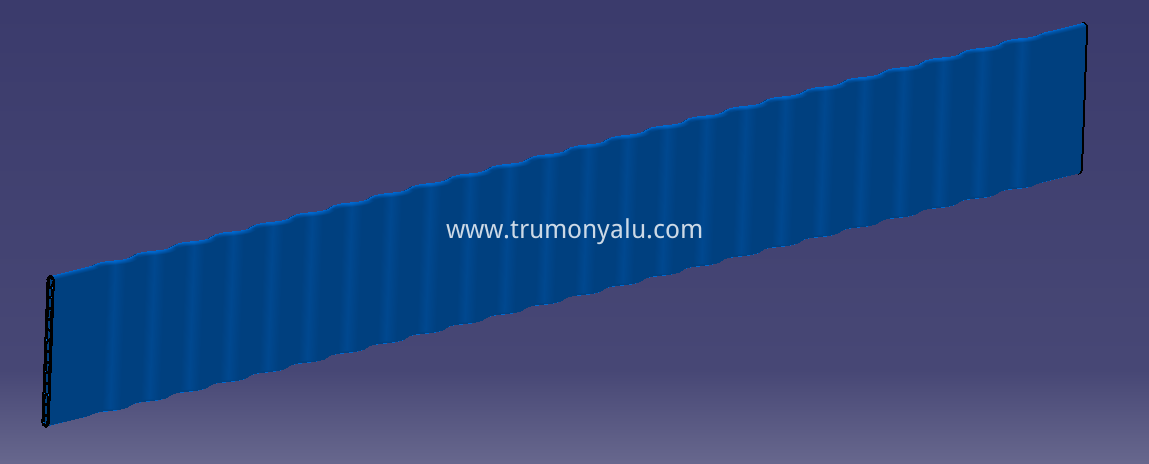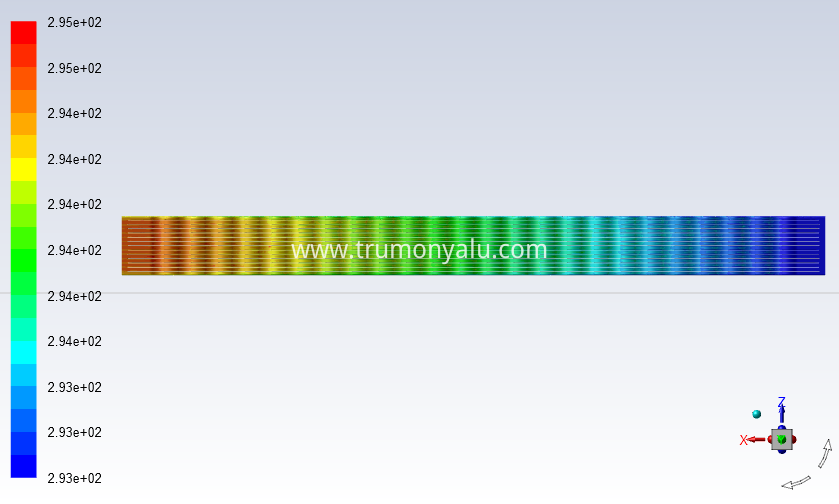
Privacy statement: Your privacy is very important to Us. Our company promises not to disclose your personal information to any external company with out your explicit permission.
Definition of Simulation.
Finite Element Analysis (FEA) uses mathematical approximation to simulate real physical systems (product models, loads, working conditions).
It decomposes the model into a limited number of interconnected sub-regions, namely units, and uses a limited number of units to approximate the real system, and simplifies the original complex system to obtain an approximate solution that can meet the requirements of engineering applications and scientific research.
How simulation works in product development
A product, from conceptual representation to drawings, models, to the actual product landing, needs to consider a variety of different materials, numerous production processes, or simple or complex production processes.
The transition from unstable samples to stable and reliable batch products that can adapt to production changes requires a large number of tests and verifications that meet design parameters.
Design and selection of materials, manufacturing and processing, testing and verification, each stage is accompanied by the consumption of time, manpower and material resource.
The simulation can test the performance of the product under different conditions by modeling the product model, loading different material parameters and environmental conditions. The product materials required for actual production, the production process of actual operation, and one or more experiments, which are originally in reality, are moved to the computer in a simulated way, and after simulation, we will get the required data result.
Through the simulation-aided design and development, the pre-design of the product can be effectively demonstrated, and the loss caused by the design error can be avoided. Simulation can guide design and experiments, so that customers can save the cost of design and development and improve the efficiency of design and development.
The applications of simulation
Commercial software companies have developed software and computing platforms for different disciplines and industries in combination with different professional characteristics and industry standards of various industries, so as to meet the needs of various industries for simulation computing.

At present, there are many kinds of main finite element software. The commonly used simulation software in the automotive industry includes ANSYS series products, HyperWorks series products, MSC series products, and Abaqus software.
From the stage of simulation analysis, HyperMesh and ANSA lamps are relatively easy to use preprocessing tools, ANSYS, Nastran, and Abaqus are commonly used solver tools, and HyperView is a commonly used postprocessing software, which is compatible with most of the results file format.
In terms of simulation types, Abaqus, Marc, ANSYS, and Nastran are good at solving the structural implicit linear and nonlinear problems of the system. Among them, Abaqus has the most powerful nonlinear solving function. LS-Dyna, Radioss, etc. are commonly used explicit nonlinear analysis software, which are often used to solve large deformation problems such as impact, collision, extrusion, and drop. Fluent, CFX, Star-ccm+, etc. are good at solving fluid mechanics problems in various occasions.
How simulation simulation works in Battery pack thermal management
The design of EV battery pack needs to ensure that the battery is always in a relatively comfortable temperature environment (battery temperature range 15~40℃; temperature difference between batteries: 5~10℃), so as to ensure long working life and good battery life of the whole vehicle Mileage performance, good work efficiency performance, convenient and fast charging series.
In the pack design, the thermal management system design of the pack is completed with the help of thermal fluid simulation analysis. In the system design stage, thermal field simulation analysis can be performed on the pack, module or battery, and the appropriate cooling, heating and thermal insulation methods can be quickly selected according to the simulation results. In the cooling subsystem design stage, thermal field and flow field simulation analysis can be performed on the pack, module or battery. According to the simulation results, parameters such as cooling channel design, cooling medium, cooling inlet temperature and flow rate can be determined.
With the help of simulation analysis, a large number of Pack thermal management design and part of the test work can be completed on the computer. A large number of design, manufacturing and testing work are optimized and omitted, and the design cost is also greatly reduced.
What TRUMONY can provide?
Trumony can provide R&D all-in-package solutions for customers. Including design, simulation and manufacturing the final products.
At present, two solutions are very popular for BTMS: Tube type solution and plate type solution. Our main products are serpentine tube also called snake tube and water cooling plate. Here we did simulation for the simple structure snake tube.
Attached are some simplified version of the test report for reference. Please feel free to reach out for more detailed information.




Ms. Tracy
Tel:
86-512-62532616
Fax:
86-512-62538616
E-mail:
Related Products List
Mobile Site


Privacy statement: Your privacy is very important to Us. Our company promises not to disclose your personal information to any external company with out your explicit permission.

Fill in more information so that we can get in touch with you faster
Privacy statement: Your privacy is very important to Us. Our company promises not to disclose your personal information to any external company with out your explicit permission.